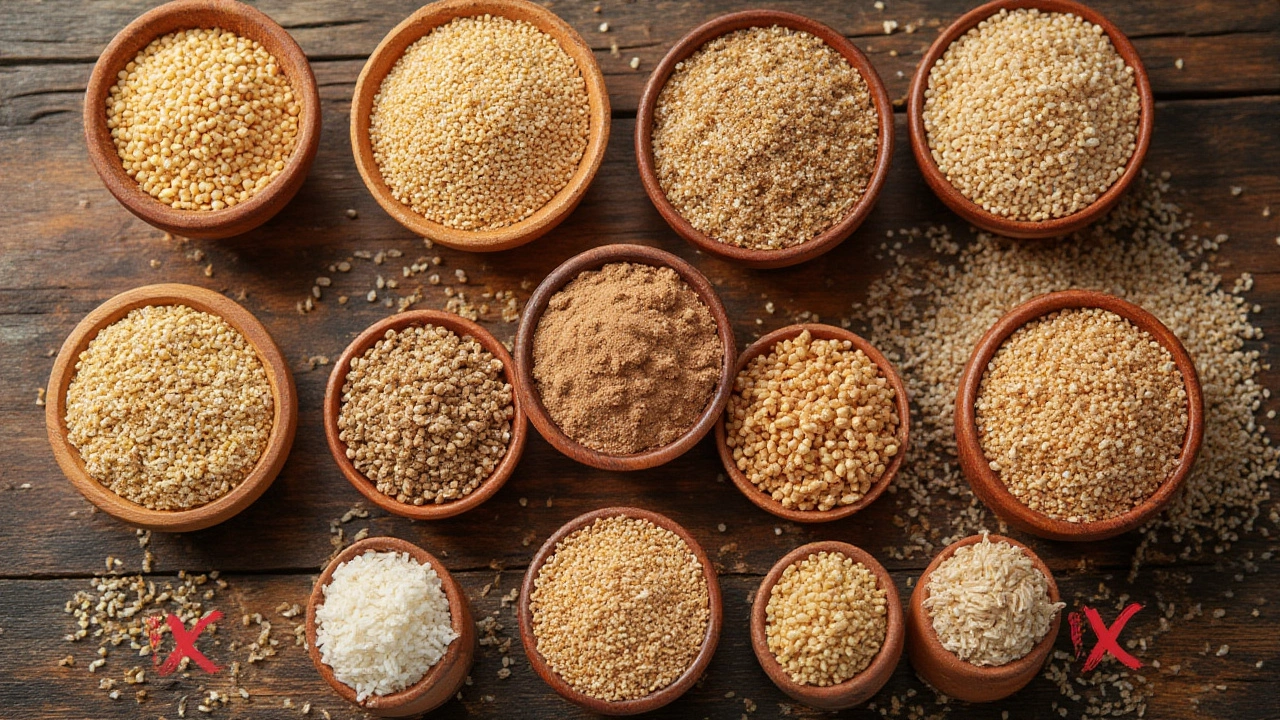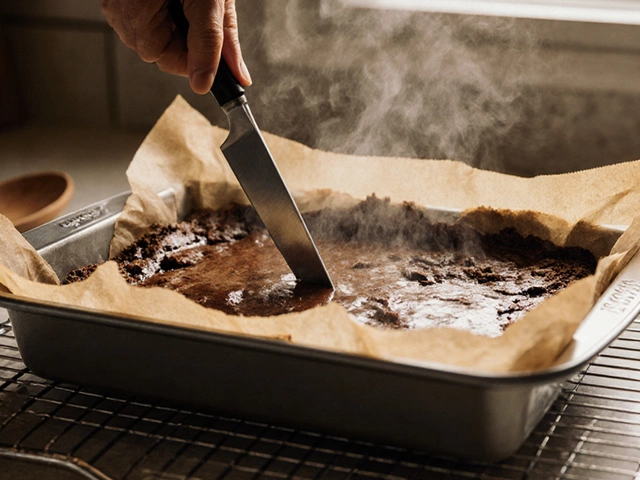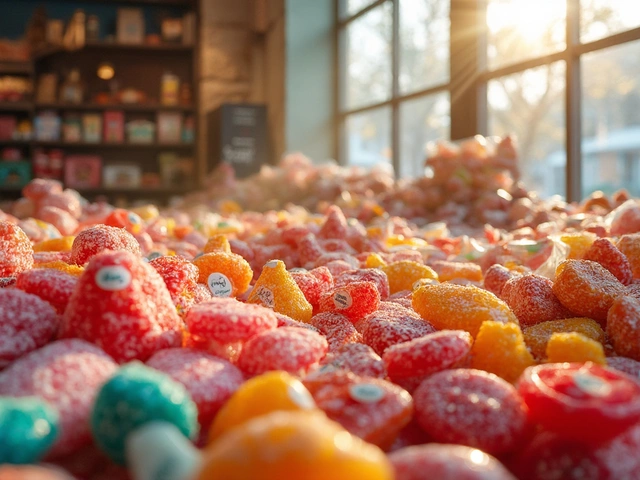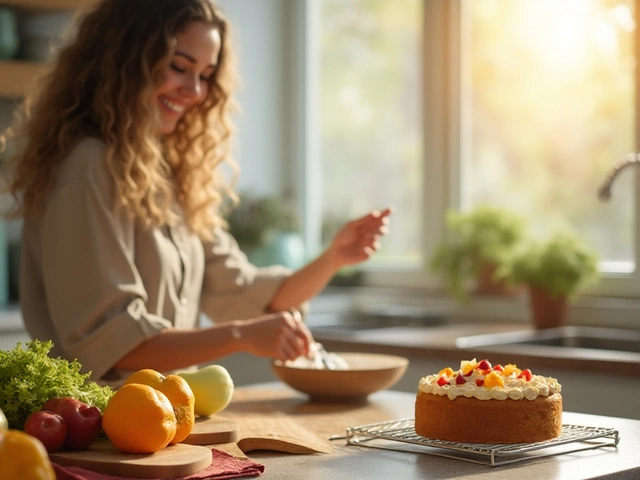Gluten‑Free Grains: What to Know and How to Use Them
If you avoid gluten, the right grains can make a huge difference in taste and texture. Not all grains are created equal, and many naturally contain no gluten. Knowing the options helps you plan meals that are both satisfying and safe.
Top Gluten‑Free Grains to Keep on Hand
First, stock up on the basics. Rice, quinoa, millet, buckwheat, and amaranth are all naturally gluten‑free. They’re cheap, easy to find, and work in a range of dishes. For a fluffy side, use long‑grain rice or basmati. Want a protein boost? Quinoa and amaranth give you that extra bite without extra effort.
Whole‑grain flours are another must. You’ll find almond, coconut, sorghum, and oat flour (make sure it’s certified gluten‑free). They’re perfect for baking, but each behaves differently. Almond flour adds moisture, while sorghum flour gives a light crumb. Experiment to see which you like best for muffins, pancakes, or cookies.
How to Cook and Bake with Gluten‑Free Grains
Cooking these grains is straightforward. Rinse rice or quinoa, then use a 2:1 water‑to‑grain ratio. Bring to a boil, lower the heat, and cover for about 15 minutes. Let it sit off the heat for a few minutes, then fluff with a fork. The result is a fluffy, separate‑grain base for salads or stir‑fries.
Baking needs a bit more care. Gluten gives dough its stretch, so you’ll often need a binder like xanthan gum, chia seeds, or psyllium husk. A simple rule: add ½ teaspoon of xanthan gum per cup of gluten‑free flour for breads, or a tablespoon of chia‑gel (1 part chia seeds to 6 parts water) for cakes and cookies.
Don’t forget to balance moisture. Gluten‑free flours can absorb more liquid, so recipes may call for extra milk, oil, or applesauce. If a batter looks too thick, thin it with a splash of plant‑based milk. If it’s runny, add a bit more flour or a spoonful of ground flaxseed.
Flavor is key. Many gluten‑free grains have subtle tastes, so season them well. Toasting quinoa or millet in a dry pan before cooking adds a nutty depth. Add herbs, spices, or a dash of lemon zest to keep meals interesting.
Quick recipe idea: Mix cooked quinoa with black beans, corn, chopped tomato, and a squeeze of lime. Top with avocado and a sprinkle of feta for a fast, balanced lunch. It’s gluten‑free, protein‑packed, and ready in under 20 minutes.
For dessert, try a simple almond‑flour banana bread. Mash two ripe bananas, stir in two eggs, almond flour, a pinch of baking soda, and a dash of cinnamon. Bake at 350 °F for about 30 minutes, and you’ve got a moist, gluten‑free treat that stays soft for days.
With these grains and a few basic tricks, you can enjoy everything from hearty mains to sweet treats without worrying about gluten. Keep the pantry stocked, play with textures, and you’ll discover a whole new world of tasty, safe meals.

Gluten-Free Grains List: Which Grains Are Safe For A Gluten-Free Diet?
Confused about which grains are truly gluten-free? Dive into a full breakdown of gluten-free grains, tips, nutrition facts, and surprising gluten traps.
View More




